How does a caterpillar transform into a butterfly?
The natural transformation process of butterflies to "molt" into beautiful forms has always been an attractive topic for scientists because of the uniqueness and wonder in each stage of its development.
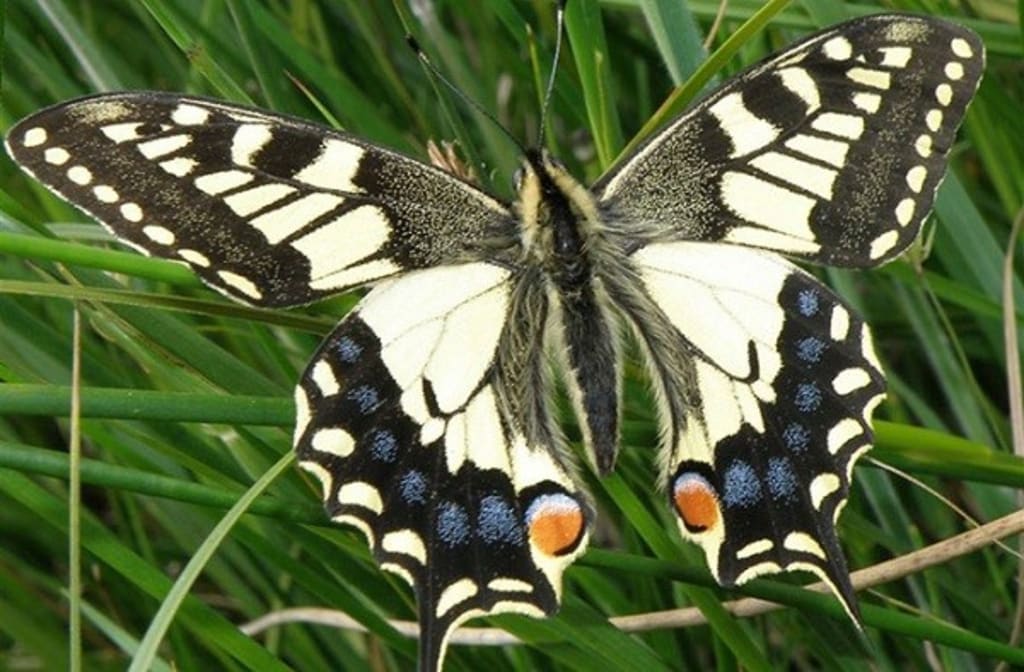
The natural transformation process of butterflies to "molt" into beautiful forms has always been an attractive topic for scientists because of the uniqueness and wonder in each stage of its development.
Researchers have identified a " trigger hormone " - responsible for triggering the process of molting in caterpillars to become beautiful butterflies.
The team also found that simply by tweaking their hormone treatment , they could stop the worms' growth. The findings could lead to a better understanding of how hormones control growth in humans.
David Champlin, a professor of biology at the University of Southern Maine and co-author of the study, compared the newly discovered hormone (called metamorphosis initiator) to the starter motor in a car.
According to the team, metamorphosis is regulated by the diet of the caterpillar. By changing this diet, people can create strange creatures that are half caterpillar, half butterfly. For example, the hybrid has a caterpillar mouth specialized for chewing plants and has nectar-sucking tubes like those of a butterfly. Antennae, legs and eyes also have intermediate stages of development.
This in-between creature cannot eat and therefore does not survive. However, the researchers were able to describe in detail the relationship between the cells that make up the caterpillar and those that will become the butterfly. One remarkable discovery was that the cells that form the butterfly’s eyes originate from the caterpillar’s skin cells.
"All of this allows us to better understand the hormonal control of growth in animals, including humans. It also has implications for stem cell research and regenerative medicine ," Champlin said.
New multidimensional image of caterpillar turning into butterfly
The life cycle of a butterfly begins with the egg stage. Butterflies lay their eggs on the leaves of their favorite food plants. The eggs are very small and come in many different shapes, but are mostly spherical.
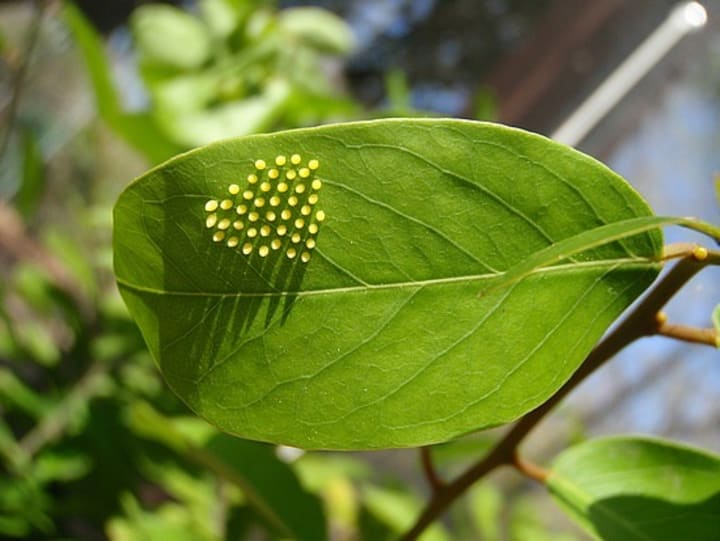
The eggs are covered by a thin waxy coating on the outside called the chorion. This prevents the water from evaporating before the larvae have time to fully develop.
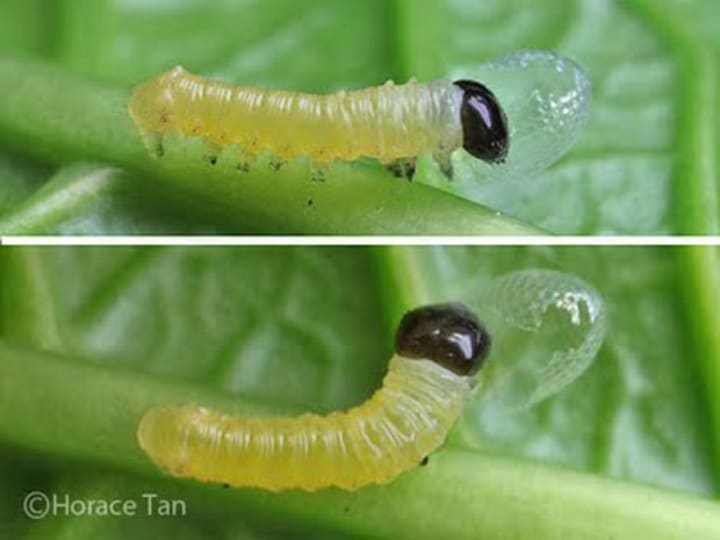
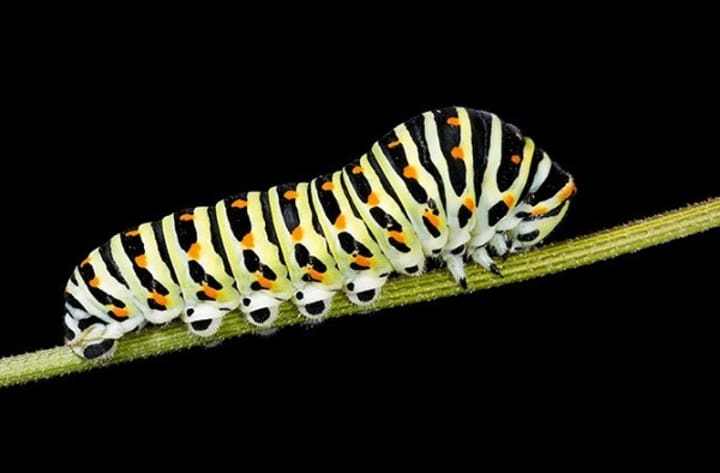
This egg stage lasts for several weeks until the eggs hatch into larvae (caterpillars). The caterpillar’s first meal is its own eggshell . After that, it will spend most of its time eating leaves. The feeding period will be about 2 - 3 weeks. If observed from a distance, we can hardly detect them because the color on their body helps camouflage them.
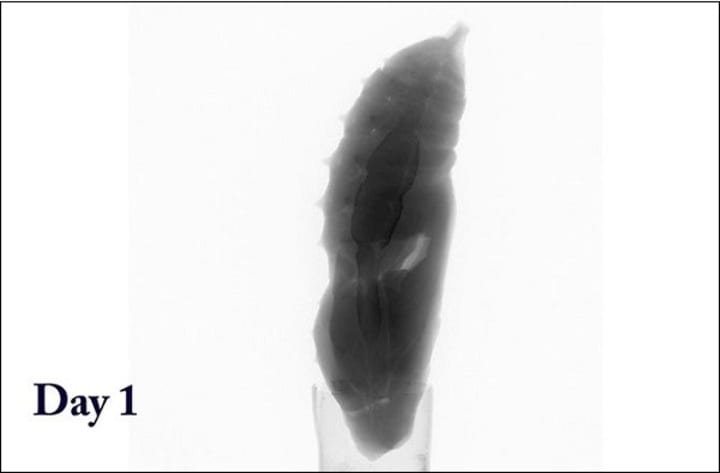
After 2-3 weeks of eating and drinking, the caterpillars grow larger and begin to look for a suitable place to pupate. This will be the stage of real transformation, step by step to get the shape of a butterfly.
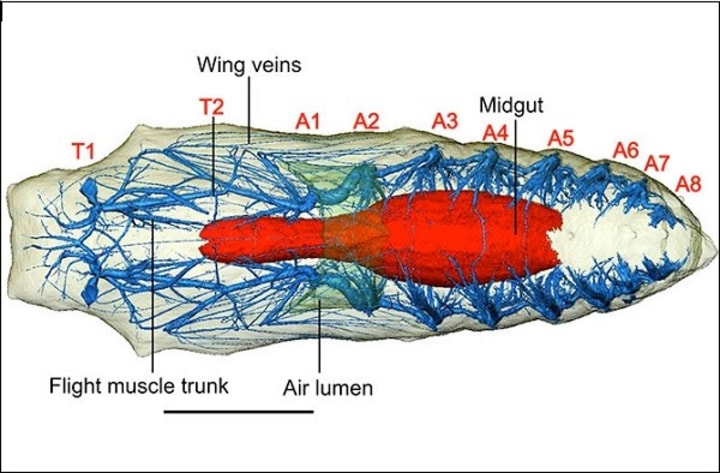
The images show different sections of the inside of the pupa , showing the digestive system and wings starting to develop. "The trachea system begins to form, allowing the insect to breathe," said study author Russell Garwood of the University of Manchester.
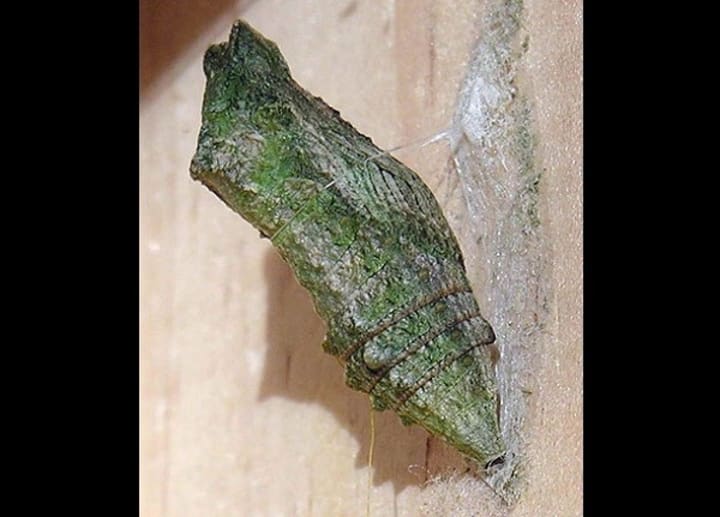
This is a typical image of a chrysalis with its protective outer layer. A special glue-like mucus keeps the hard chrysalis in place. The protective layer is similar in color to a withered leaf, providing the best camouflage during this vulnerable stage.
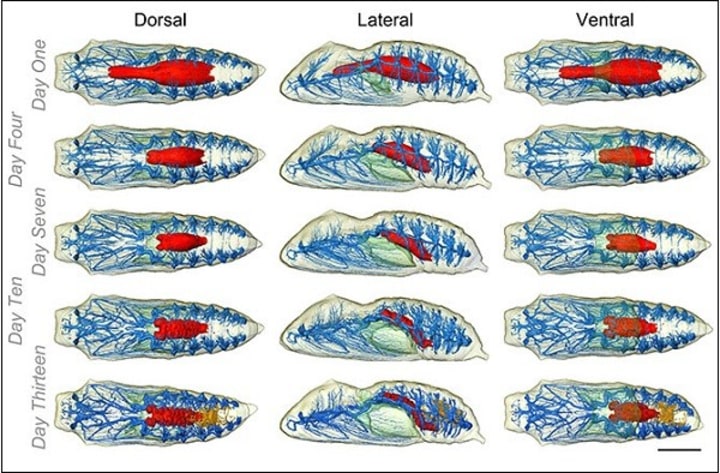
Most of the major changes occur during the first week of pupation. This image shows the changes that occur from day 1 to day 13.
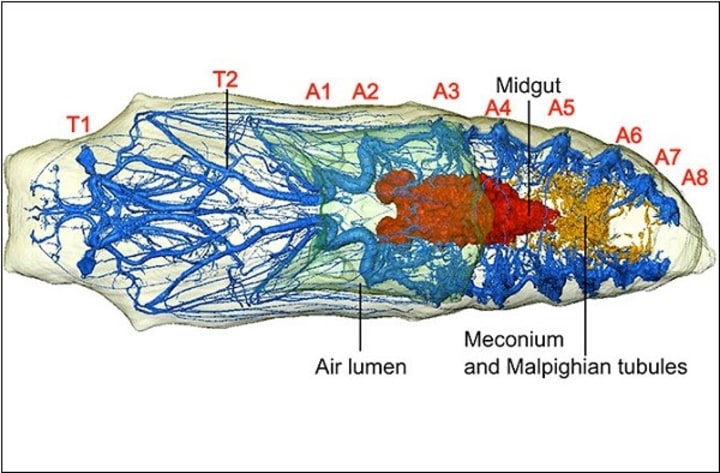
Day 13 : The red structure in the middle is the intestines - part of the digestive system. This is the black structure you saw in the previous photo.
"The yellow part in the photo is the structure of the tubes that push waste out of the body - similar to the kidneys in the human body," said Mr. Russell Garwood.
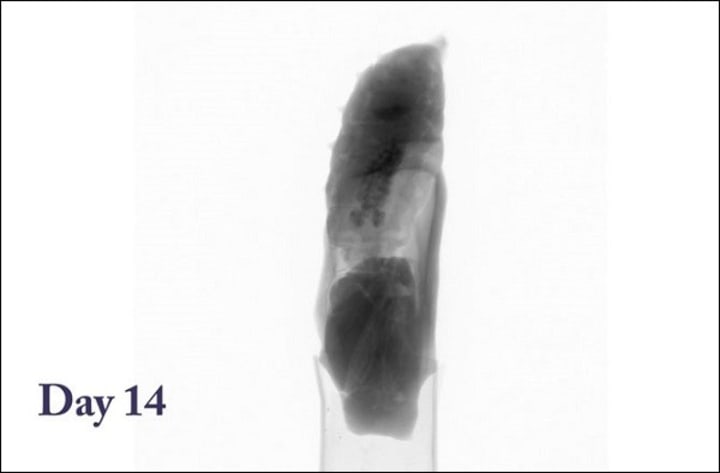
Day 14: The photo again shows the changes inside and outside of the pupa.
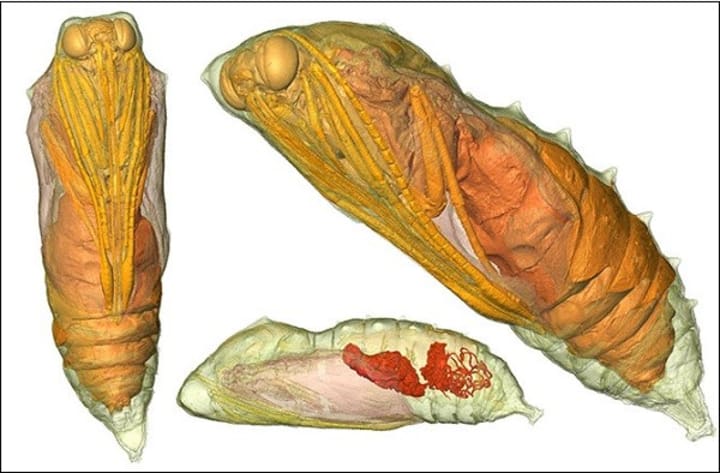
Day 16 : The butterfly's body grows larger, with differences beginning to appear between the thorax, wings, legs, abdomen and hindquarters.
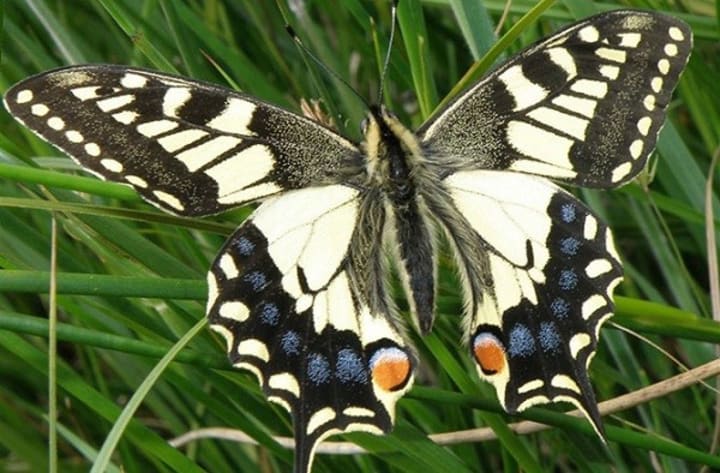
After more than 2 weeks, the butterfly inside rubs its back against the cocoon, creating a small hole to get out. The newly emerged butterflies cannot fly right away because their wings are not yet dry and strong. After about 1 hour, the butterfly's wings are full size, dry and ready to fly.
About the Creator
HK Decor
Telling stories my heart needs to tell <3 life is a journey, not a competition
If you like what you read, feel free to leave a tip,I would love some feedback
https://s.shopee.vn/7fFUMxnnBx?share_channel_code=8
Enjoyed the story? Support the Creator.
Subscribe for free to receive all their stories in your feed.


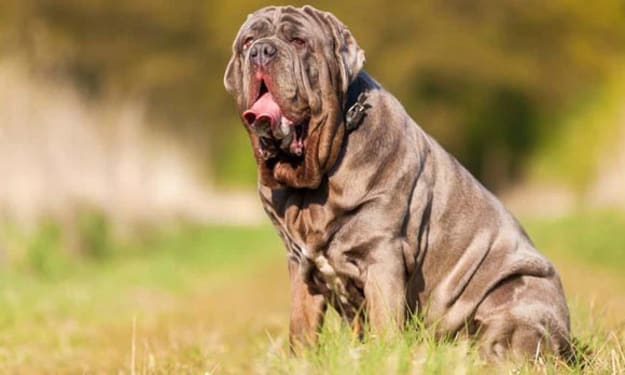
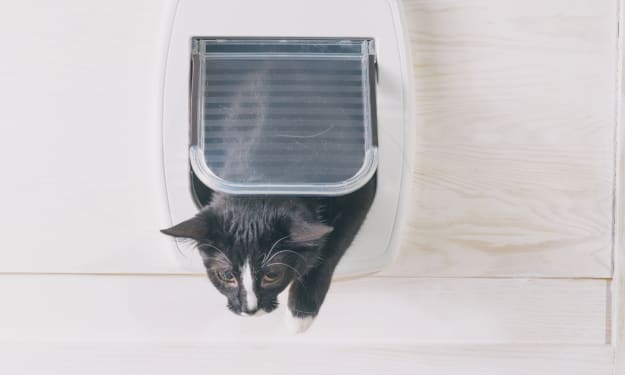


Comments
There are no comments for this story
Be the first to respond and start the conversation.